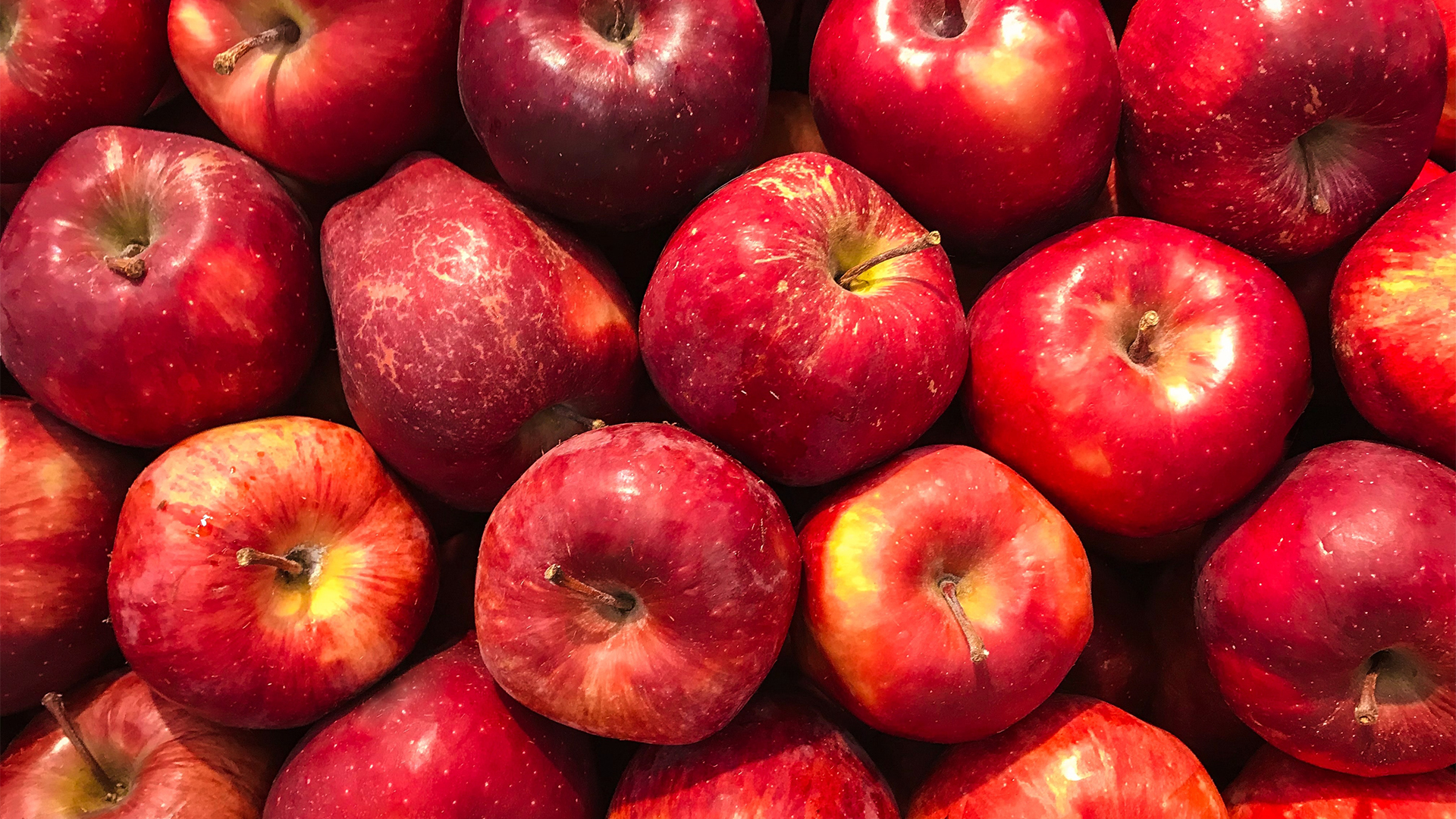
Why We Love White Asparagus
Vegetables are a chef’s best friend and can accentuate some of the fanciest dishes. For the skilled chef, even the most bitter of greens can offer complex flavor profiles. What many at-home chefs don’t know is that green asparagus also comes with an alternative color scheme and a very different flavor profile. Although white asparagus is not as commonly thought of as regular asparagus, it might just pique your interest.
White Asparagus: The Basics
White asparagus is the sweeter and more tender sibling of green asparagus. It hosts an earthy profile, with its versatility lending it to be perfectly paired with seafood, pasta, and meats. Chefs can get creative with it, as it can be enjoyed raw or cooked. White asparagus sauces, soups, and sides are eagerly anticipated by spring-loving foodies. Patrons will love however you choose to get creative with this blank slate.
It takes a lot to grow white asparagus. Farmers have to keep the vegetable covered at all times, and each stalk must be cut by hand. The delicate process of growing this vegetable adds to its allure and price.
They are also chock full of vitamins and antioxidants. With Vitamins A, C, B6, and E, along with niacin, riboflavin, thiamin, and pantothenic acids, it’s as good for you as it is enjoyable.
White Asparagus: A (Not So) Modern Twist
White asparagus finds its home in the world of fine cooking. Chefs tend to appreciate it for its milder, more delicate flavor, which can often translate to greater versatility. White asparagus usually has thicker stalks for a meatier, more heavily textured experience.
While not as common in the United States, white asparagus has become a beloved delicacy in Europe and other countries. It is grown by keeping the asparagus buried as it matures–adding mounds of dirt as the spear rises. This prevents photosynthesis, which normally gives plants their green color. The plant remains milky white.
The grassy flavor starts to dissipate and is instead swapped with a sweeter flavor profile with some bitter undertones. This variant is lighter in taste and makes it suitable for vegetable trays, charcuterie boards topped with prosciutto, or simply lighter dishes that might suit an English lunch party on a Spring day. Think zesty lemon pasta or served with a covering of beur blanc.
White vs Green: Which will you choose?
It is truly a tough battle to decide which to choose. Each has its place and suits different dishes. Green asparagus has a more standard “green” flavor and can add a level of heartiness to any pan-cooked plate. White asparagus has lighter notes and will bring a calmer element to any palate. For the sake of this debate, we’re going to go with white asparagus. Its softer notes make it a more versatile and, in many cases, the more approachable of the two options. Just remember that each has its place. There’s nothing that could permanently replace the original green.
The Where and The How
Regardless of which you choose, reading about produce will never taste as good as eating the produce. You will certainly want to find a way to find this rare item, as it can be rare to come by for your typical inventory update. You’ll want to make sure to choose Agri Exotic Trading for your produce needs. White asparagus is hard to find, but, luckily, Agri has you covered. Place your next order today, pickup or delivery, and get right to cooking!




Leave a Reply